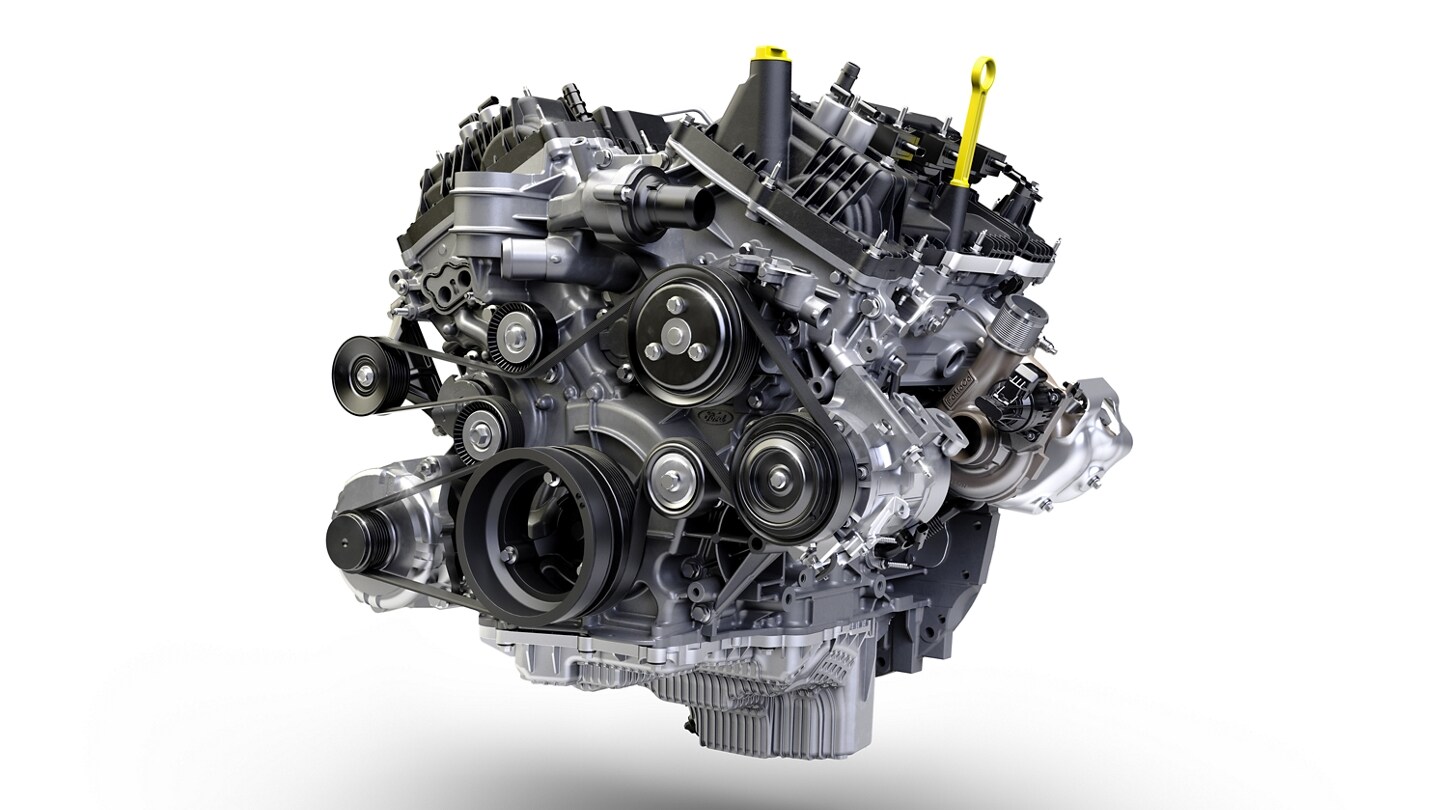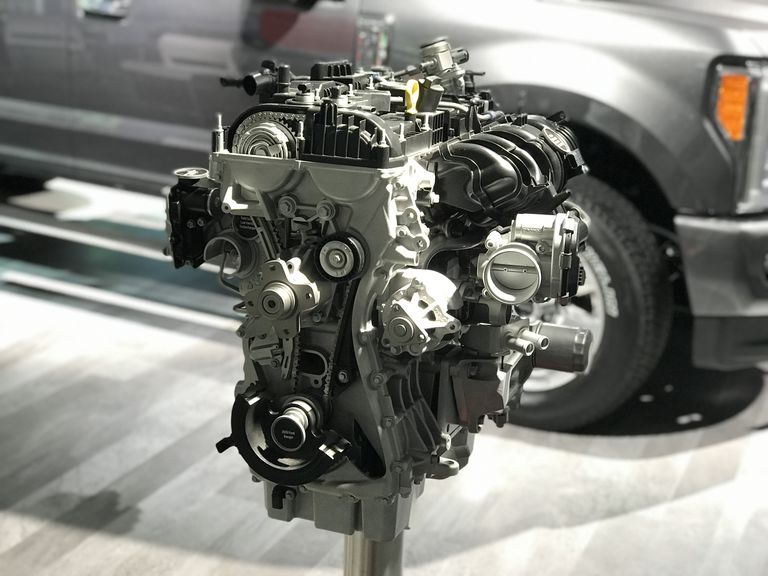Understanding the Fundamentals of Auto Engines: Features, types, and functions

Review of Automobile Engines
An automobile engine acts as the heart of a vehicle, converting fuel right into power to propel it ahead. This detailed system makes up various elements that function in unison to ensure ideal efficiency and efficiency. The fundamental procedure of a cars and truck engine entails the interior combustion procedure, in which gas and air are combined, stired up, and removed to develop power.
The engine's design can substantially affect its efficiency, fuel effectiveness, and discharges. Trick components include the cylinder block, pistons, crankshaft, and camshaft, each playing a vital function in the engine's total function. The cyndrical tube block houses the cyndrical tubes where combustion happens, while the pistons convert the explosive power from burning into straight activity. This movement is then changed into rotational power by the crankshaft, making it possible for the lorry's wheels to turn.
Along with these elements, engines often utilize various systems such as gas injection, ignition, and cooling systems to enhance efficiency and durability. Comprehending the standard technicians of automobile engines is crucial for doing and diagnosing problems upkeep, ultimately contributing to the car's reliability and efficiency gradually.

Sorts Of Auto Engines
Cars and truck engines can be categorized into a number of kinds based upon their design, gas type, and functional concepts. 2.2 ford ranger engine. One of the most typical classifications include inner combustion engines (ICE), electric engines, and hybrid engines
Interior combustion engines, which can be additional split into fuel and diesel motor, operate by sparking a fuel-air mix to produce power. Fuel engines are generally lighter and smoother, while diesel motor are a lot more fuel-efficient and offer greater torque.
Electric engines make use of electrical energy kept in batteries to power an electric motor, supplying instant torque and no exhausts during procedure. As technology breakthroughs, electric vehicles (EVs) are increasingly ending up being preferred for their environmental benefits and lower running prices.
Hybrid engines integrate elements of both inner combustion and electric engines, permitting flexible power resources and improved fuel effectiveness. They can operate in different settings, using either the gasoline engine, the electrical motor, or both concurrently.
Each kind of engine has distinct benefits and drawbacks, affecting their application in different vehicle types and market segments, from compact vehicles to sturdy trucks. Comprehending these types is vital for making notified decisions concerning lorry choice and efficiency expectations.
Engine Features Explained
Comprehending engine features is essential for understanding how lorries operate effectively. At the core of any inner burning engine exists the basic procedure of converting fuel into mechanical energy. This process starts with the consumption stroke, where air and gas are attracted into the burning chamber. Following this, the compression stroke presses the air-fuel mixture, raising its temperature and pressure.
The ignition occurs following, stiring up the combination and producing a quick growth of gases. This force drives the piston down during the power stroke, which inevitably converts right into the rotational movement of the crankshaft. The exhaust stroke then removes the invested gases from the chamber, giving way for a new cycle to begin.
In addition to these key features, engines likewise incorporate systems that take care of cooling and lubrication, ensuring optimum functional temperature levels and minimizing friction between relocating components. This detailed interaction of functions enables the engine to produce the power required for investigate this site vehicle propulsion while keeping performance and reliability. Recognizing these features gives valuable understanding into the intricacies of vehicle engineering and enhances the capacity to diagnose and deal with engine-related issues efficiently.
Key Engine Attributes
Engine style encompasses numerous essential attributes that considerably affect performance, longevity, and performance. One of the most crucial facets is the engine arrangement, which includes inline, V-type, and flat designs. Each arrangement impacts the engine's balance, power, and dimension result, consequently affecting total car dynamics.
An additional crucial attribute is the engine displacement, referring to the overall volume of all cyndrical tubes. Larger variations generally produce more power yet might endanger gas efficiency. Engine products also play a crucial duty; high-strength and light-weight products, such as aluminum and magnesium alloys, enhance performance without including extreme weight.
The type of fuel injection system utilized-- such as multi-port or straight injection-- influences combustion efficiency and exhausts. Supercharging and turbocharging are functions that improve engine efficiency forcibly additional air right into the burning chamber, raising power output without substantially raising engine size.
Lastly, the presence of innovative engine management systems enhances fuel-air combination and ignition timing, adding to smoother procedure and much better gas economy. Jointly, these attributes specify an engine's capabilities, setting the foundation for its performance and durability in an affordable vehicle landscape.
Upkeep Tips for Engines
Correct engine upkeep is crucial for guaranteeing ideal efficiency and long life, as ignoring routine treatment can result in significant concerns down the line. To maintain your engine effectively, begin with normal oil modifications, normally every 3,000 to 7,500 miles, depending on the type of oil made use of. Fresh oil lubes engine components, minimizing friction and wear.
Additionally, monitoring coolant levels is essential to stop overheating. Full Report Make certain that the coolant is covered up and is in great problem to preserve reliable temperature level policy. Routinely change and inspect air and gas filters, as clogged up filters can hinder airflow and gas delivery, jeopardizing engine efficiency.
In addition, pay attention to ignition system and ignition systems. Faulty or worn stimulate plugs can bring about misfiring and minimized efficiency. Checking the battery terminals and links for rust is also important, as a weak battery can impact engine starting.

Conclusion
In summary, a comprehensive understanding of auto engines incorporates different kinds, functions, and key features that substantially influence car performance. Interior combustion engines, together with hybrid and electrical options, demonstrate diverse mechanisms for power conversion. 2.2 ford ranger engine. Acknowledging the vital functions, such as intake and exhaust cycles, alongside crucial engine functions like setup and fuel injection systems, furnishes cars and truck proprietors with the understanding necessary for reliable upkeep and procedure, ultimately boosting vehicle long life and efficiency
An automobile engine serves as the heart of a car, transforming gas right into mechanical power to push it onward. The fundamental best site procedure of a car engine entails the interior combustion procedure, where gas and air are blended, fired up, and expelled to develop power.
Frequently replace and inspect air and gas filters, as clogged up filters can hinder air flow and fuel shipment, compromising engine effectiveness. - 2.2 ford ranger engine
In recap, an extensive understanding of vehicle engines encompasses different types, functions, and vital functions that substantially affect lorry efficiency. Identifying the vital features, such as consumption and exhaust cycles, along with vital engine features like configuration and gas shot systems, gears up cars and truck owners with the understanding required for efficient maintenance and operation, ultimately boosting lorry durability and efficiency.